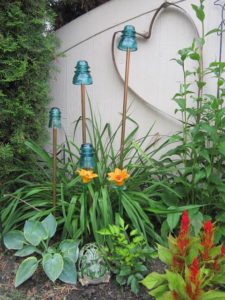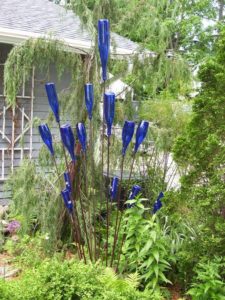Farm Credit Services of America Updates Benchmark Farm Values for First Half of 2018 in the grain belt states served by Farm Credit Services of America (FCSAmerica) appear to have adjusted to a new normal. Even with seasonal fluctuations, farmland values have remained generally consistent since 2015.
“Farmland values are largely dependent on geography and have adjusted to reflect their market’s current supply and demand,” said Tim Koch, chief credit officer for FCSAmerica, which tracks the values of 64 benchmark farms in Iowa, Nebraska, South Dakota and Wyoming.
Farmland values peaked in the last half of 2013 in FCSAmerica’s lending territory. Nearly five years later, Iowa has seen the largest drop in values at 17.8 percent, followed by Nebraska at 17.6 percent. South Dakota’s farmland is off 10.8 percent since it peaked in the fourth quarter of 2013.
Twelve benchmark farms in South Dakota showed no change in value, three increased and eight decreased in value.
FCSAmerica appraises its benchmark farms twice a year, in January and July. In addition, the cooperative compiles records from farmland sale in its four states. The cooperative’s objective in using the benchmark farms is to track real estate values without the influence of changes in land quality on sale prices.
Overall, farmland prices and the quality of land held steady through the first half of 2018. Public land auctions increased 56 percent in South Dakota, 23 percent in Iowa and 7 percent in Nebraska. However, the overall availability of farmland was unchanged from 2017, with private and realtor sales declining in each state.



